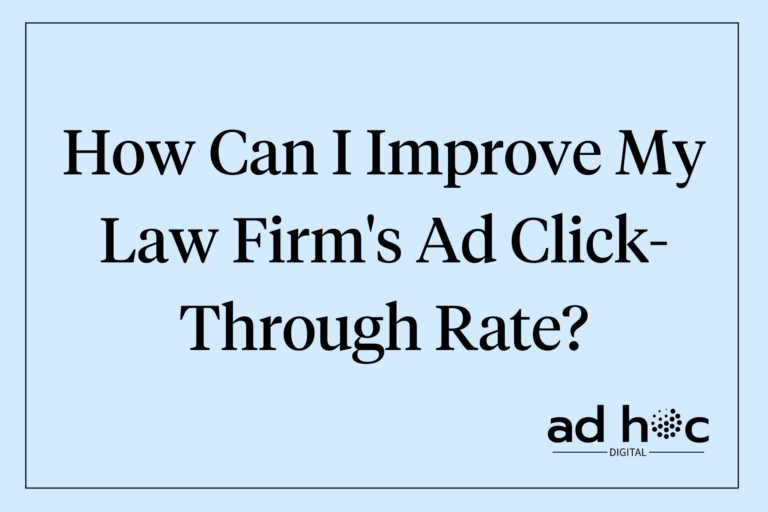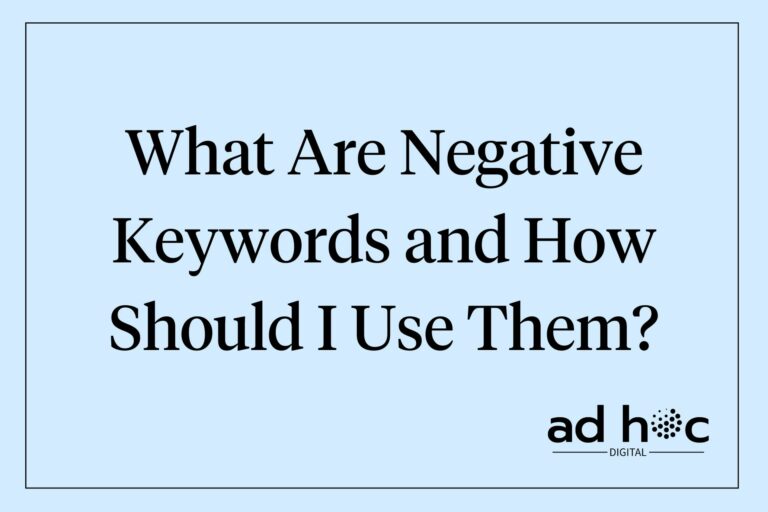Measuring the return on investment (ROI) for your law firm’s Google Ads campaigns is crucial for understanding the effectiveness of your advertising efforts. By accurately calculating ROI, you can make informed decisions to optimize your campaigns, allocate budgets efficiently, and maximize the impact of your advertising spend. This detailed guide will walk you through the steps to measure and improve the ROI of your Google Ads campaigns.
For a deeper understanding of crafting successful campaigns, explore our guide on effective Google Ads campaigns tailored for lawyers.
Understanding ROI
Definition of ROI
Return on Investment (ROI) is a measure of the profitability of an investment. In the context of Google Ads, ROI is calculated by comparing the revenue generated from your ads to the cost of running those ads. The formula for ROI is:
ROI = (Revenue - Cost) / Cost x 100
Importance of ROI
Measuring ROI is crucial for understanding the effectiveness of your Google Ads campaigns. It helps you determine whether your advertising spend is generating sufficient returns and allows you to make data-driven decisions to improve your campaigns. For more on the importance of tracking performance, visit tracking Google Ads performance for lawyers.
Setting Goals and KPIs
Defining Campaign Goals
Before you can measure ROI, you need to define clear goals for your Google Ads campaigns. Common goals for law firms include increased client acquisition, increasing website traffic, and raising brand awareness. Establishing specific objectives will help you track relevant metrics and assess the success of your campaigns.
- Unsurprisingly, for most firms the main goal is just to increase client acquisition.
The reason why this is so important is because depending on your goal, your KPIs will be completely diffferent.
For example, with a brand awareness campaign, the expected immediate ROI might be negative, but this is investment which will pay off in the future.
Key Performance Indicators (KPIs)
Identify the key performance indicators (KPIs) that align with your campaign goals. Important KPIs for measuring ROI include:
- Conversion Rate: The percentage of clicks that result in conversions (e.g., contact form submissions, phone calls).
- Cost Per Conversion: The average cost of acquiring a conversion.
- Revenue Per Conversion: The average revenue generated from each conversion.
For more on setting goals and KPIs, see our guide on effective Google Ads campaigns for lawyers.
Tracking Conversions
Conversion Tracking Setup
To measure ROI, you need to track conversions accurately. Set up conversion tracking in your Google Ads account by defining the actions you want to track (e.g., form submissions, phone calls). This will allow you to see which ads and keywords are driving valuable actions.
Types of Conversions
Different types of conversions can provide insights into your campaign’s effectiveness. Common conversions for law firms include:
- Phone Calls: Tracking calls made directly from your ads.
- Form Submissions: Tracking online contact form submissions.
- Online Chat: Tracking interactions through live chat on your website.
Using Google Analytics
Integrate Google Ads with Google Analytics for deeper insights into user behavior and conversion tracking. This integration allows you to analyze user journeys and attribute conversions more accurately. For a comprehensive guide, visit using analytics with Google Ads for lawyers.
Calculating Costs
Total Ad Spend
Track your total investment in Google Ads by monitoring your ad spend. This includes the costs of clicks, impressions, and any additional expenses associated with running your campaigns.
Total Management Fees
If you are working with a marketing company or a consultant, you should also factor in how much you are paying them to accurately determine the worth of your ad campaigns.
Cost Per Click (CPC)
Understanding how much each click costs is crucial for managing your budget. CPC is the amount you pay each time someone clicks on your ad. Monitoring CPC helps you ensure that your spending aligns with your budget and campaign goals.
Cost Per Conversion (CPC)
Calculate the cost for each conversion by dividing your total ad spend by the number of conversions. This metric helps you assess the cost efficiency of your campaigns.
Analyzing Revenue
Attributing Revenue to Conversions
Assign monetary value to different types of conversions to measure the revenue generated from your Google Ads campaigns. For example, if a new client is worth $5,000 to your law firm, you can attribute this value to conversions that lead to new client acquisitions.
This can often be difficult, as some practice areas have huge fluctuations in client value. Also, some practice areas like personal injury have a large amount of latency between when a case is generated and it actually settles.
So because of this, do your best but recognize that it probably won’t be perfect.
Client Lifetime Value (CLV)
Estimating the long-term value of a new client is important for understanding the full impact of your Google Ads campaigns. CLV considers the total revenue a client is expected to generate over their relationship with your firm.
Revenue Tracking
Use tools and methods to track revenue generated from Google Ads. Integrate your CRM system with Google Ads to track conversions and revenue accurately. For more on integrating CRM systems, visit using CRM with Google Ads for lawyers.
Calculating ROI
ROI Formula
Calculate ROI using the formula:
ROI=Revenue−CostCost×100\text{ROI} = \frac{\text{Revenue} – \text{Cost}}{\text{Cost}} \times 100ROI=CostRevenue−Cost×100
This formula helps you determine the percentage return on your advertising investment.
Example Calculations
Consider a scenario where your law firm spends $5,000 on Google Ads and generates $15,000 in revenue from new clients. Using the ROI formula:
ROI=15000−50005000×100=200%\text{ROI} = \frac{15000 – 5000}{5000} \times 100 = 200\%ROI=500015000−5000×100=200%
This indicates a 200% return on your advertising investment.
Tools and Resources
Google Ads Reports
Utilize Google Ads’ built-in reporting features to measure ROI. Reports provide insights into ad performance, costs, and conversions, helping you assess your campaign’s effectiveness.
Integrating CRM Systems
Link your CRM with Google Ads for comprehensive tracking of conversions and revenue. This integration allows you to attribute revenue directly to your Google Ads campaigns, providing a complete picture of ROI.
Optimizing for Better ROI
Improving Ad Performance
Optimize your ad performance by increasing click-through rates (CTR) and conversion rates. Use compelling ad copy, relevant keywords, and effective landing pages to attract and convert more potential clients.
Reducing Costs
Lower your cost per click (CPC) and cost per conversion by refining your keyword strategy, using negative keywords, and adjusting your bids. For tips on reducing costs, visit Google Ads bidding strategies for lawyers.
A/B Testing
Implement A/B testing to refine ad copy, keywords, and landing pages. Test different variations to identify the most effective elements and improve your overall campaign performance. For more on A/B testing, see A/B testing in Google Ads for lawyers.
Conclusion
Measuring ROI on your law firm’s Google Ads campaigns is essential for understanding the effectiveness of your advertising efforts. By tracking conversions, calculating costs, analyzing revenue, and optimizing your campaigns, you can maximize the impact of your advertising spend and achieve better results.
If you found our content valuable, consider subscribing to our newsletter for weekly updates. Fill out the form below to learn more about our services—we’ll contact you soon!



